Robots: The good, the bad and the ugly
Do they help or do they hinder, and where are the worlds of robotics and artificial intelligence headed?

And the world has moved on. Earlier this month, a robot Einstein learned to smile. While a smile may not seem like much, it's a big leap for boffins in this field the world over.
"Some scientists believe strongly that very human-like robots are so inherently creepy that people can never get over it and interact with them normally," said the robot's primary designer David Hanson.
"But these are some of the questions we're trying to address with the Einstein robot. Does software engage people more when you have a robot that's more aware of you? Are human-like robots inherently creepy, and if so is that a barrier, or is it not a barrier?"
Hanson worked on the robotic Einstein with scientists at UC San Diego's California Institute for Telecommunications and Information Technology (Calit2). Their ultimate aim is to get such technological innovations mass produced so that the cost is no longer prohibitive.
"We're trying to get past the novelty of the technology to a certain extent so that people can socially engage with the robots and get lost in that social engagement," Hanson added. "And in a sense, we naturally do that with other humans. If I have a big piece of spinach in my teeth or I have something cosmetically atypical about me, it might be difficult to get past those superficial barriers so that we can have a more meaningful conversation."
"We're also exploring the use of the robot for children with autism. It could be used as a way to teach them facial expression recognition."
The rat's whiskers
Get the ITPro daily newsletter
Sign up today and you will receive a free copy of our Future Focus 2025 report - the leading guidance on AI, cybersecurity and other IT challenges as per 700+ senior executives
The University of Sheffield has also got something special up its sleeve. It's been working with Bristol Robotics Lab to create a robot rat that can search for and find objects using its AI-enhanced whiskers.
"Sensory systems such as rats' whiskers have some particular advantages in this area. In humans, for example, where sensors are at the fingertips, they are more vulnerable to damage and injury than whiskers. Rats have the ability to operate with damaged whiskers and in theory broken whiskers on robots could be easily replaced, without affecting the whole robot and its expensive engineering," said Dr. Tony Pipe, from the Bristol Robotics Lab.
"Future applications for this technology could include using robots underground, under the sea, or in extremely dusty conditions, where vision is often a seriously compromised sensory modality. Here, whisker technology could be used to sense objects and manoeuvre in a difficult environment. In a smoke filled room for example, a robot like this could help with a rescue operation by locating survivors of a fire. This research builds on previous work we have done on whisker sensing."
Maggie has been a journalist since 1999, starting her career as an editorial assistant on then-weekly magazine Computing, before working her way up to senior reporter level. In 2006, just weeks before ITPro was launched, Maggie joined Dennis Publishing as a reporter. Having worked her way up to editor of ITPro, she was appointed group editor of CloudPro and ITPro in April 2012. She became the editorial director and took responsibility for ChannelPro, in 2016.
Her areas of particular interest, aside from cloud, include management and C-level issues, the business value of technology, green and environmental issues and careers to name but a few.
-
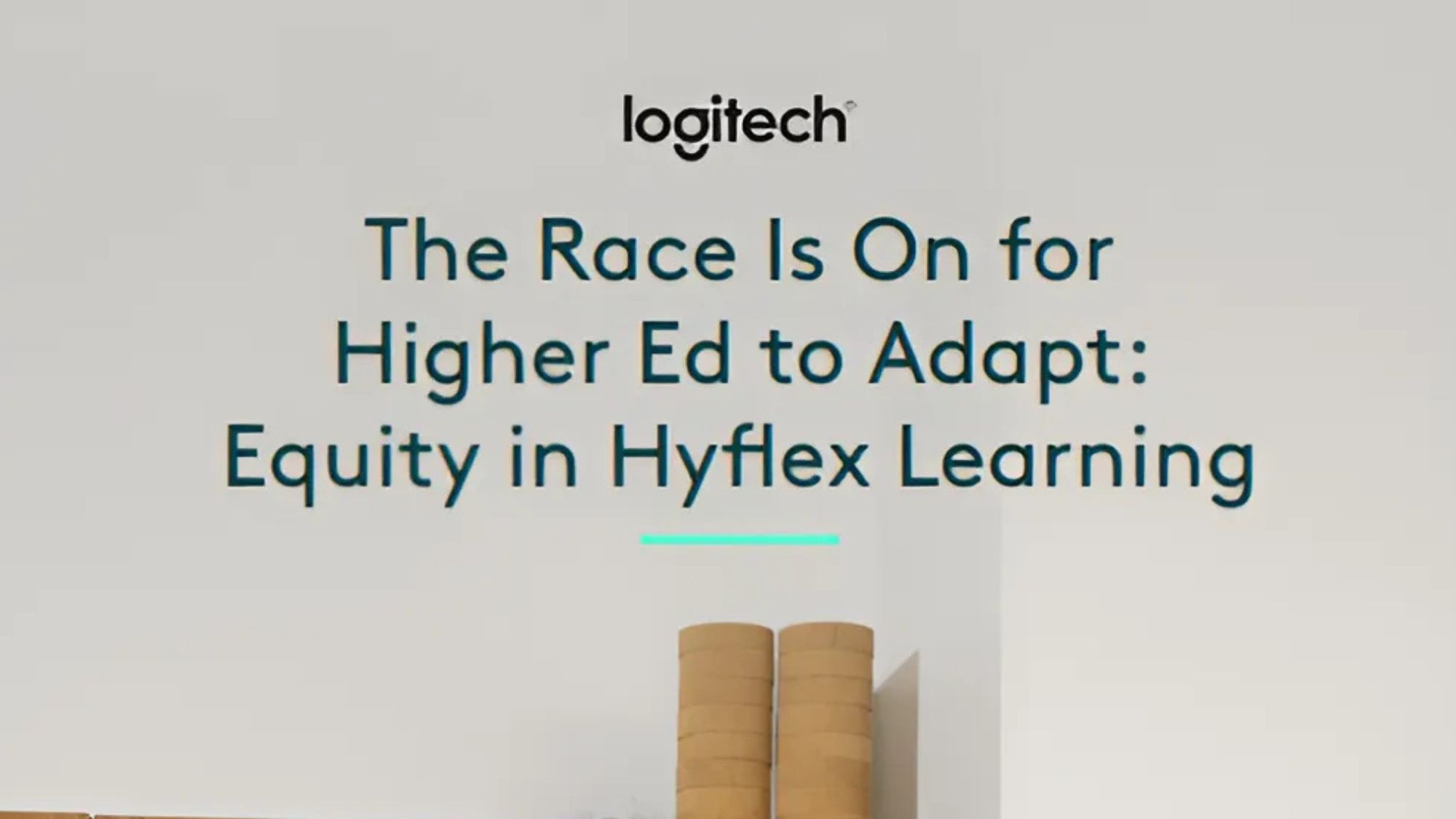 The Race Is On for Higher Ed to Adapt: Equity in Hyflex Learning
The Race Is On for Higher Ed to Adapt: Equity in Hyflex LearningBy ITPro
-
 Google faces 'first of its kind' class action for search ads overcharging in UK
Google faces 'first of its kind' class action for search ads overcharging in UKNews Google faces a "first of its kind" £5 billion lawsuit in the UK over accusations it has a monopoly in digital advertising that allows it to overcharge customers.
By Nicole Kobie
-
 Can robots work safely alongside humans? This one industry leader thinks we're not far away
Can robots work safely alongside humans? This one industry leader thinks we're not far awayNews Humanoid robots and people will be able to work truly side-by-side this year, according to the CEO of one leading robotics company.
By Nicole Kobie
-
 Why cutting-edge innovation is killing the planet
Why cutting-edge innovation is killing the planetIn-depth AI and robots will do our work, we’ll get paid in cryptocurrency, and cars will drive themselves – but each of these technologies is a massive energy hog
By Nicole Kobie
-
 Why you need process mining in your RPA strategy
Why you need process mining in your RPA strategyWhitepaper Reducing workloads so more time is spent on strategic thinking
By ITPro
-
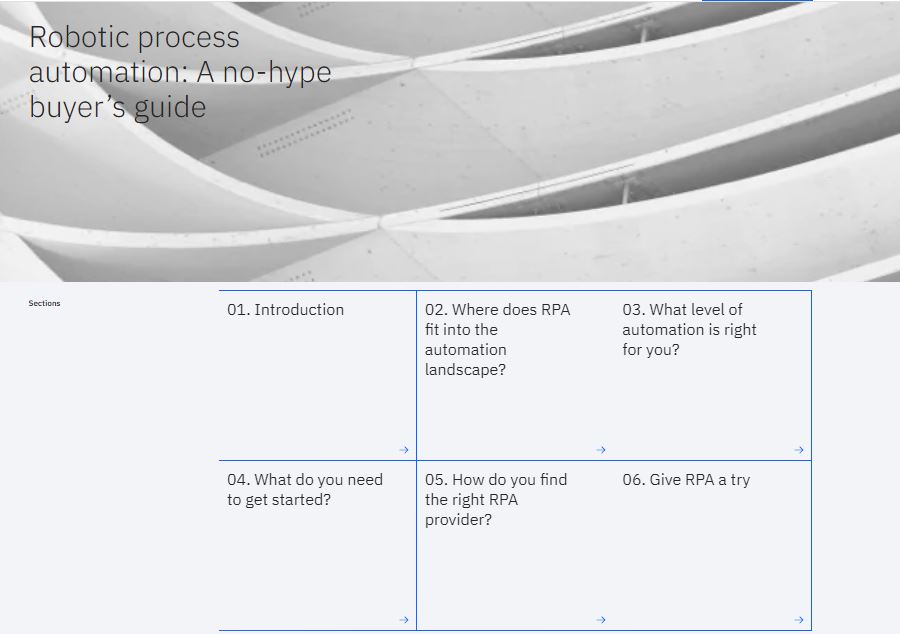 Robotic process automation
Robotic process automationWhitepaper A no-hype buyer's guide
By ITPro
-
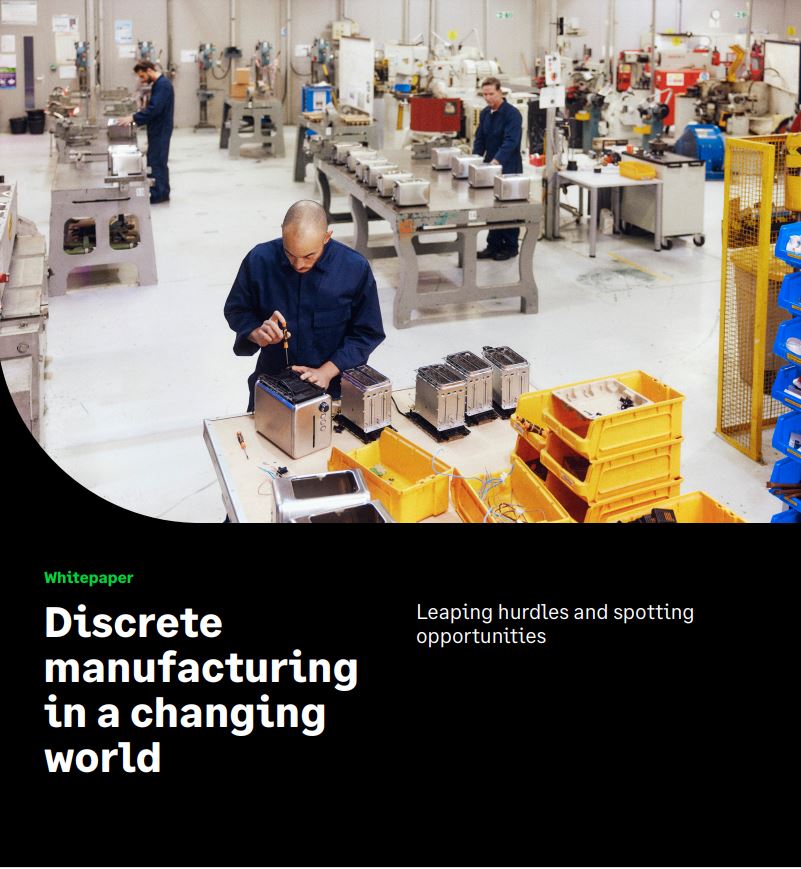 Discrete manufacturing in a changing world
Discrete manufacturing in a changing worldWhitepaper Leaping hurdles and spotting opportunities
By ITPro
-
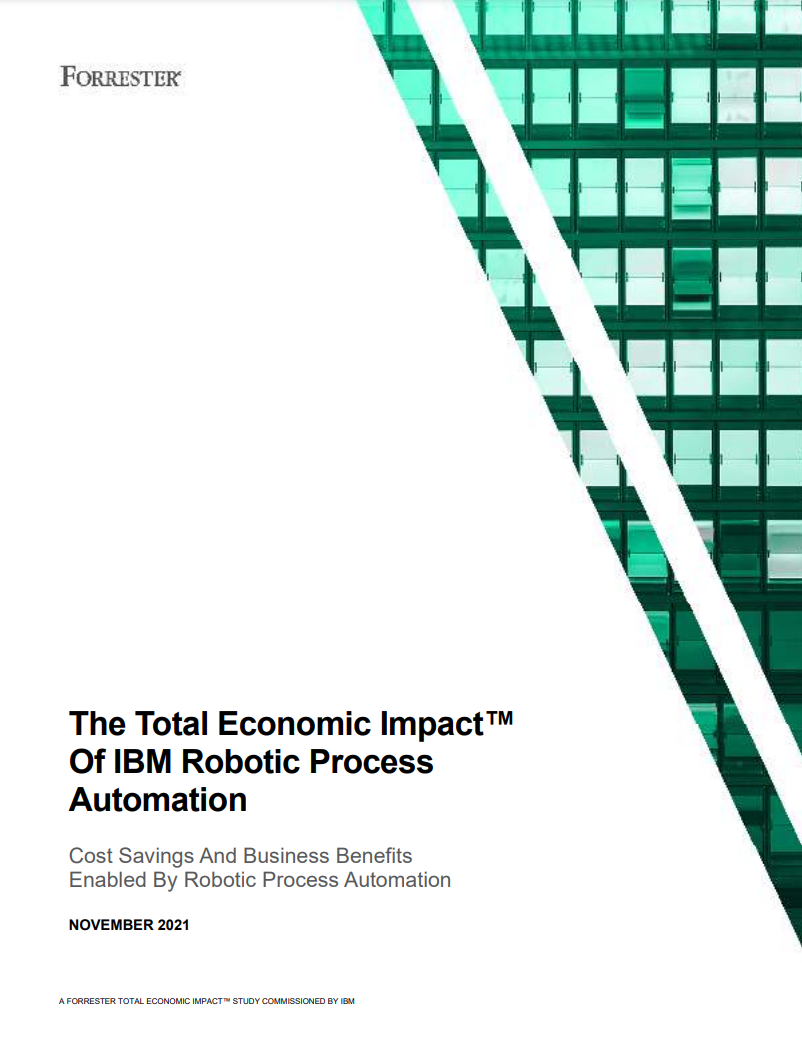 The Total Economic Impact™ of IBM robotic process automation
The Total Economic Impact™ of IBM robotic process automationWhitepaper Cost savings and business benefits enabled by robotic process automation
By ITPro
-
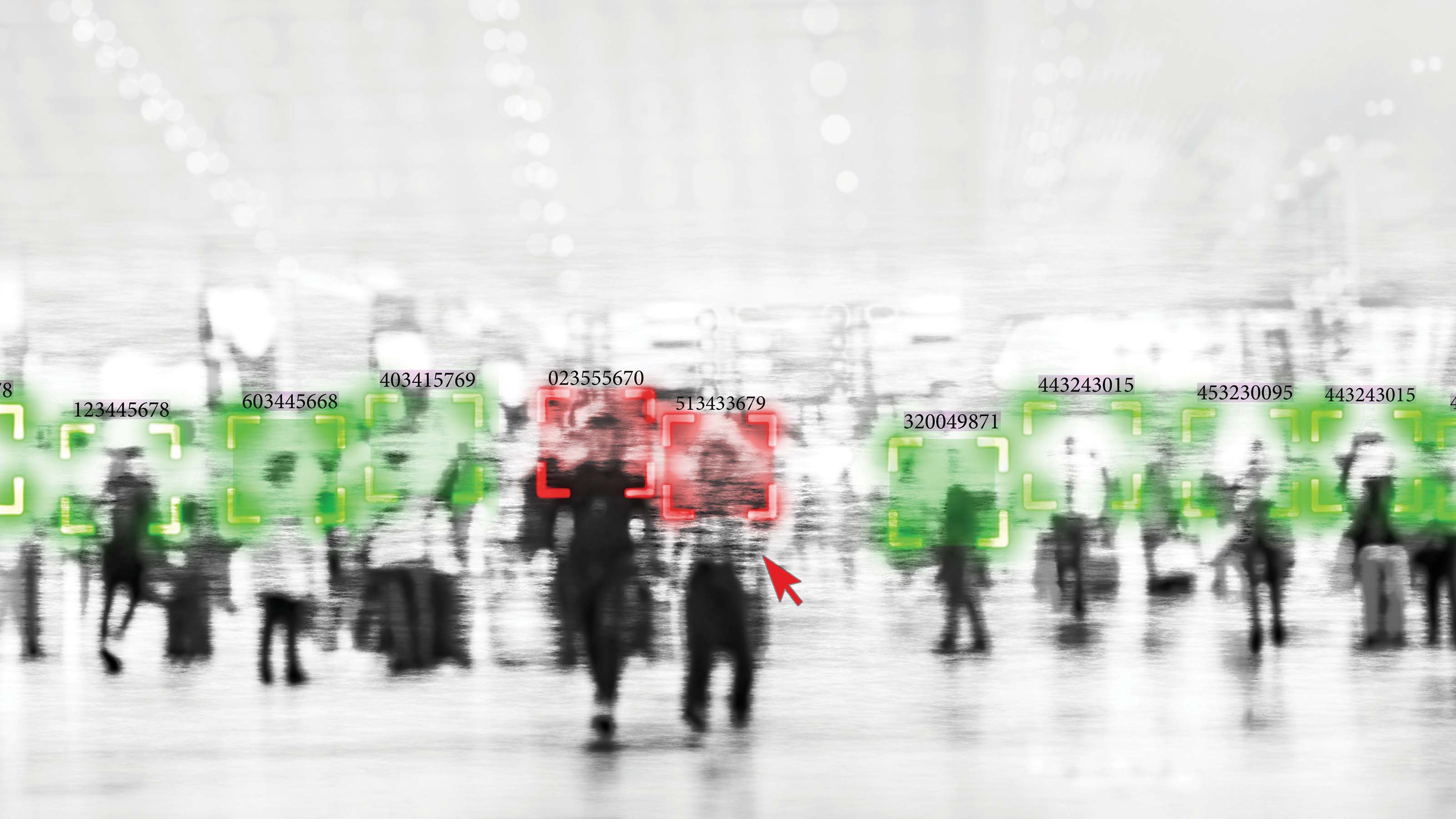 Robot dogs won't save policing – but AI just might
Robot dogs won't save policing – but AI just mightIn-depth Some police forces are turning to robots, AI and facial recognition, but high-profile failures harm public trust
By Nicole Kobie
-
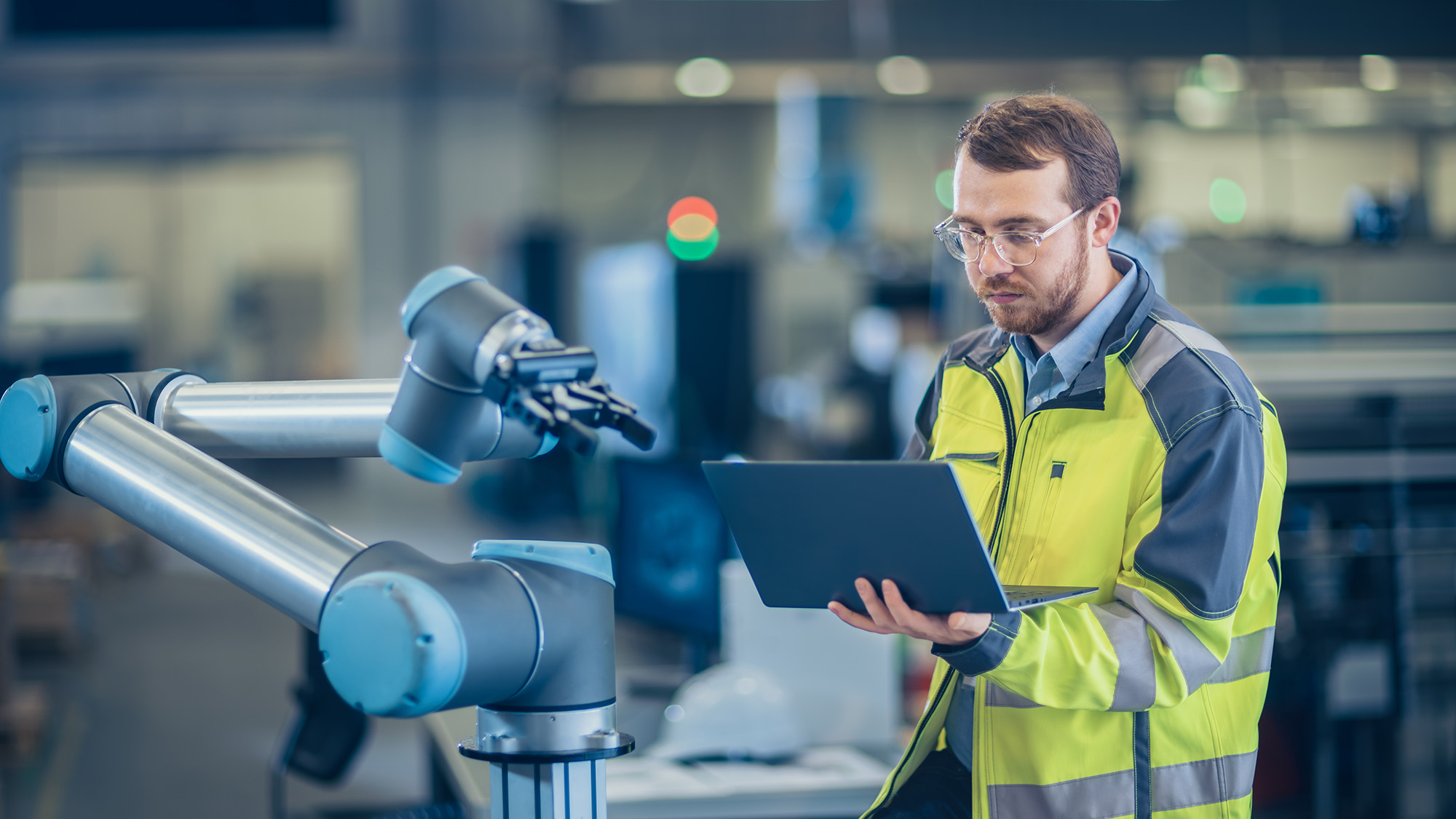 Alphabet tackles industrial robot software market
Alphabet tackles industrial robot software marketNews Intrinsic will teach industrial robots to perform complex tasks
By Danny Bradbury